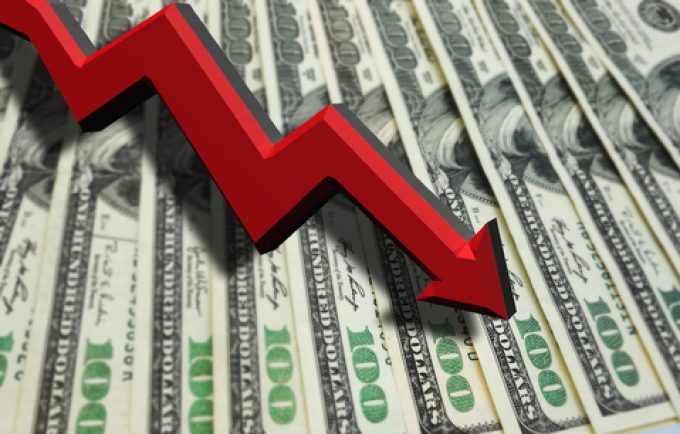SA: Deutsche Bank sees 2023 recession, with markets plunging about 25%
SEEKING ALPHA reports: Deutsche Bank argued Monday that a recession in the U.S. has become more ...

At the same time as congestion in some ports begins to ease and goods get moving again, economic indicators reveal that demand is dropping at a pace akin to that at the start of the pandemic, according to the Tradeshift Index of Global Trade Health.
The easing of lockdowns in China has caused an increase in throughput at the country’s ports, some of which have seen volume recovery above 30% compared with mid-March baseline, according to FourKites’ latest findings.
But it is ...
Outlook for container shipping 'more uncertain now than at the onset of Covid'
Transpac container service closures mount
Zim ordered to pay Samsung $3.7m for 'wrongful' D&D charges
Flexport lawsuit an 'undifferentiated mass of gibberish', claims Freightmate
Shippers warned: don't under-value US exports to avoid tariffs – 'CBP will catch you'
Cancelled voyages take the sting out of spot rate declines this week
New Houthi warning to shipping as rebel group targets specific companies
Blanked sailings in response to falling demand 'just a stop-gap solution'

Comment on this article